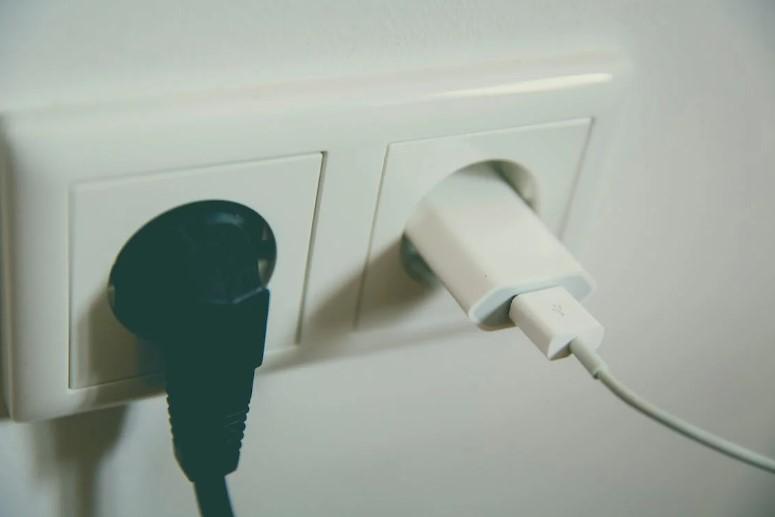As electric vehicles (EVs) gain popularity, the availability of charging options becomes crucial for EV owners. Two common types of chargers are Level 2 electric vehicle chargers and DC fast chargers, each with its own set of advantages and use cases. Let’s explore the differences between them to help you make an informed choice.
Level 2 Electric Vehicle Charger:
Charging Speed: Level 2 chargers operate on a 240-volt circuit and provide a moderate charging speed, typically delivering 10 to 60 miles of range per hour of charging. They are suitable for overnight or extended charging sessions.
Installation: Level 2 chargers require professional installation by a licensed electrician. They can be installed at homes, workplaces, or public charging stations with designated parking spaces.
Compatibility: Most electric vehicles come with a standard Level 2 charging connector, making them compatible with Level 2 chargers. This level of compatibility ensures broad EV support.
Use Cases: Level 2 chargers are ideal for daily charging needs, such as at-home charging for commuters or employees at workplaces. They are not intended for rapid, long-distance charging.
Cost: The cost of Level 2 charger installation varies based on factors like electrical work, location, and charger brand. It is generally more affordable than DC fast charger installation.
DC Fast Charger:
Charging Speed: DC fast chargers are known for their rapid charging capabilities. They operate at higher voltages (typically 480 volts or more) and can provide 60 to 100 miles of range in as little as 20-30 minutes, making them suitable for long trips and quick top-ups.
Installation: Installing DC fast chargers is more complex and costly, often requiring additional infrastructure and coordination with power companies. They are commonly found along highways, at rest areas, and in commercial areas.
Compatibility: While many electric vehicles are equipped with DC fast-charging capabilities, not all models support this charging standard. Compatibility varies among EV manufacturers.
Use Cases: DC fast chargers are designed for high-demand scenarios, such as road trips or when you need to charge quickly between meetings or appointments. They are not practical for daily home charging.
Cost: The installation cost of DC fast chargers is significantly higher than Level 2 chargers due to the specialized equipment and infrastructure required.
Factors to Consider:
Driving Habits: Consider your typical driving patterns. If you mainly use your EV for daily commuting and have access to overnight charging at home, a Level 2 charger may suffice. However, if you frequently embark on long journeys, having access to DC fast chargers can be invaluable.
EV Model: Check your EV’s compatibility with DC fast charging. Not all EVs support this charging standard.
Budget: Factor in the installation cost when deciding which charger to install. Level 2 chargers are generally more budget-friendly.
In conclusion, the choice between a Level 2 electric vehicle charger and a DC Ev chargers depends on your specific needs and driving habits. Many EV owners find it beneficial to have both options available to cover a range of scenarios, combining the convenience of Level 2 charging with the speed of DC fast charging for longer trips.




